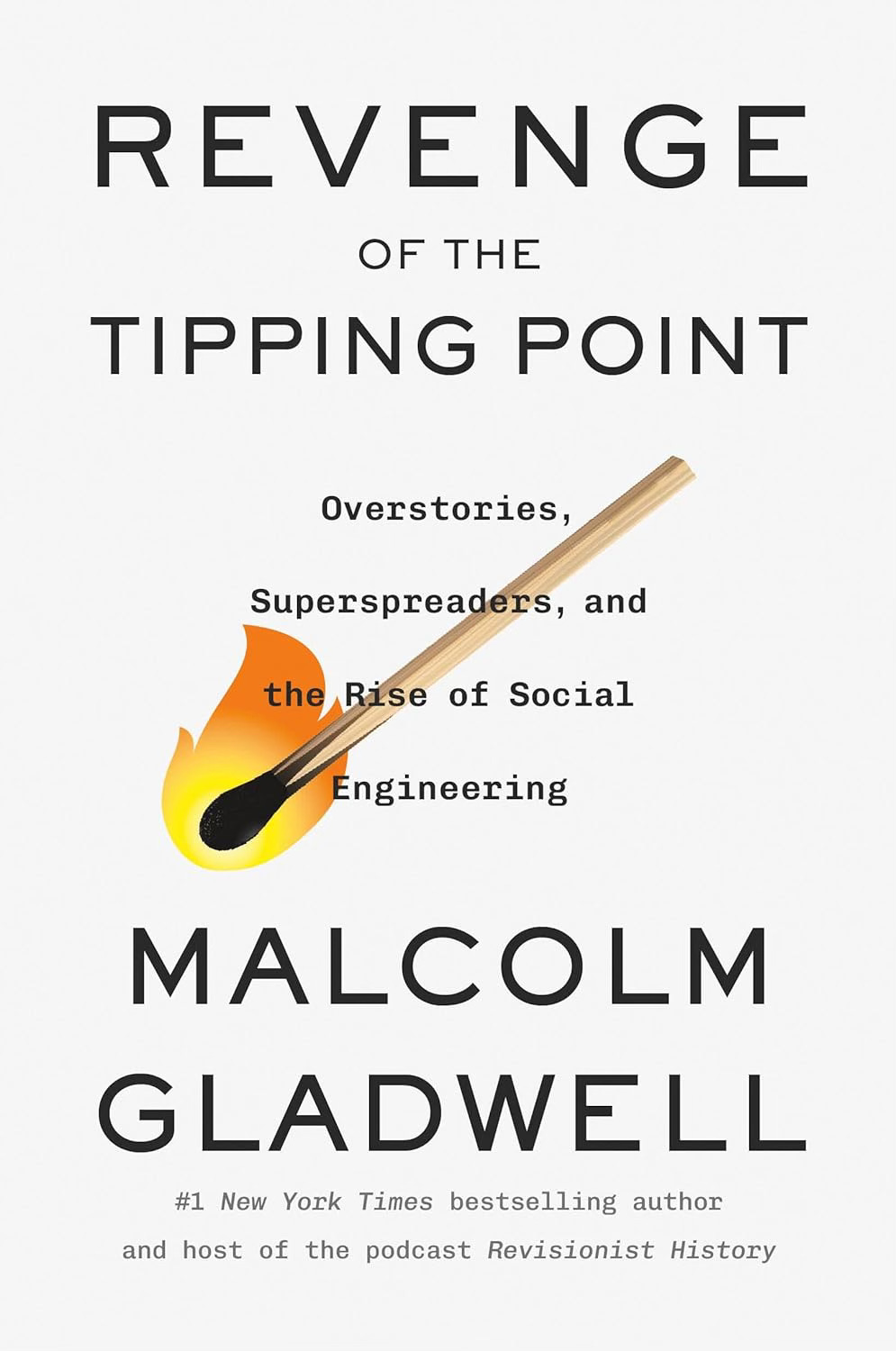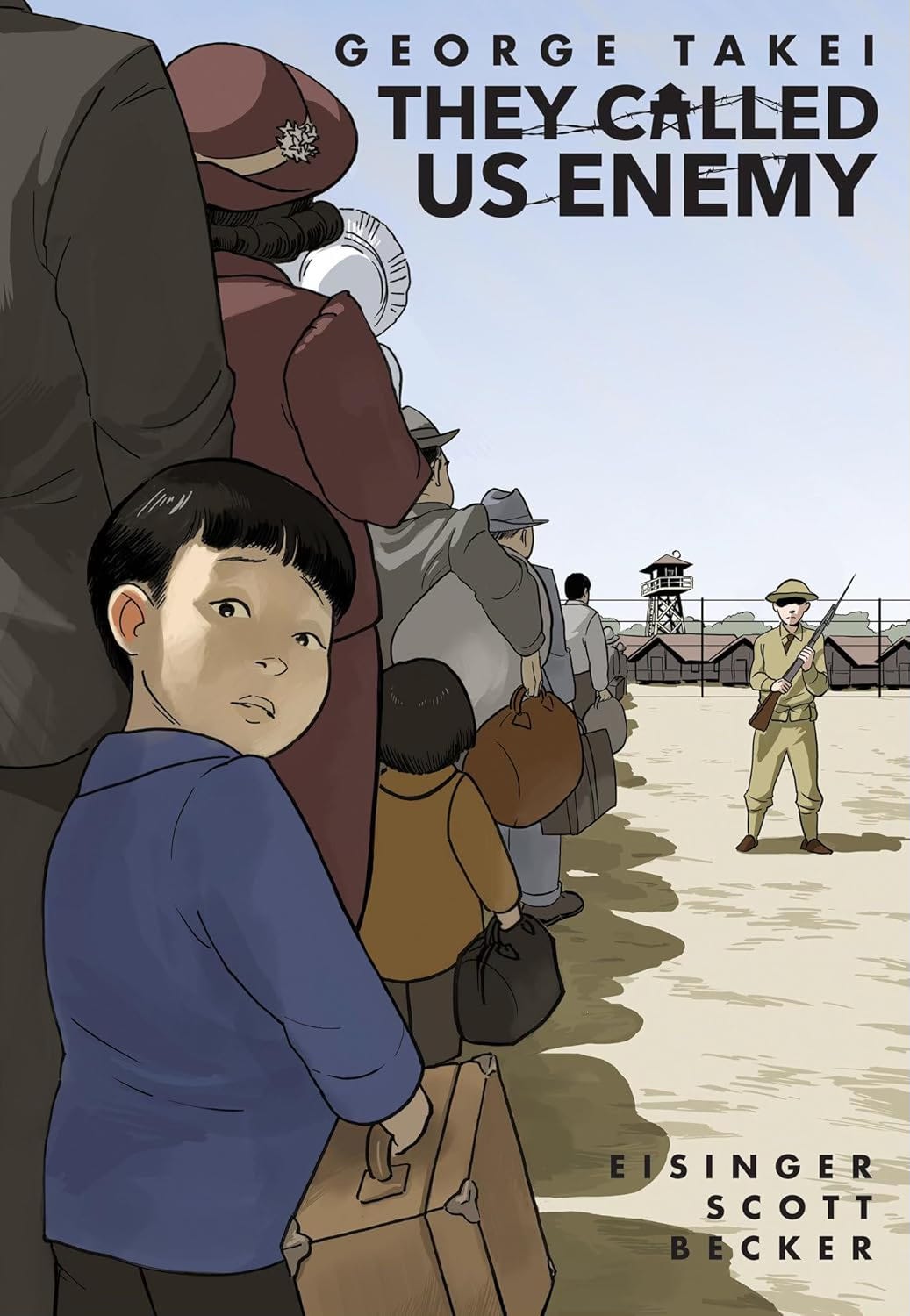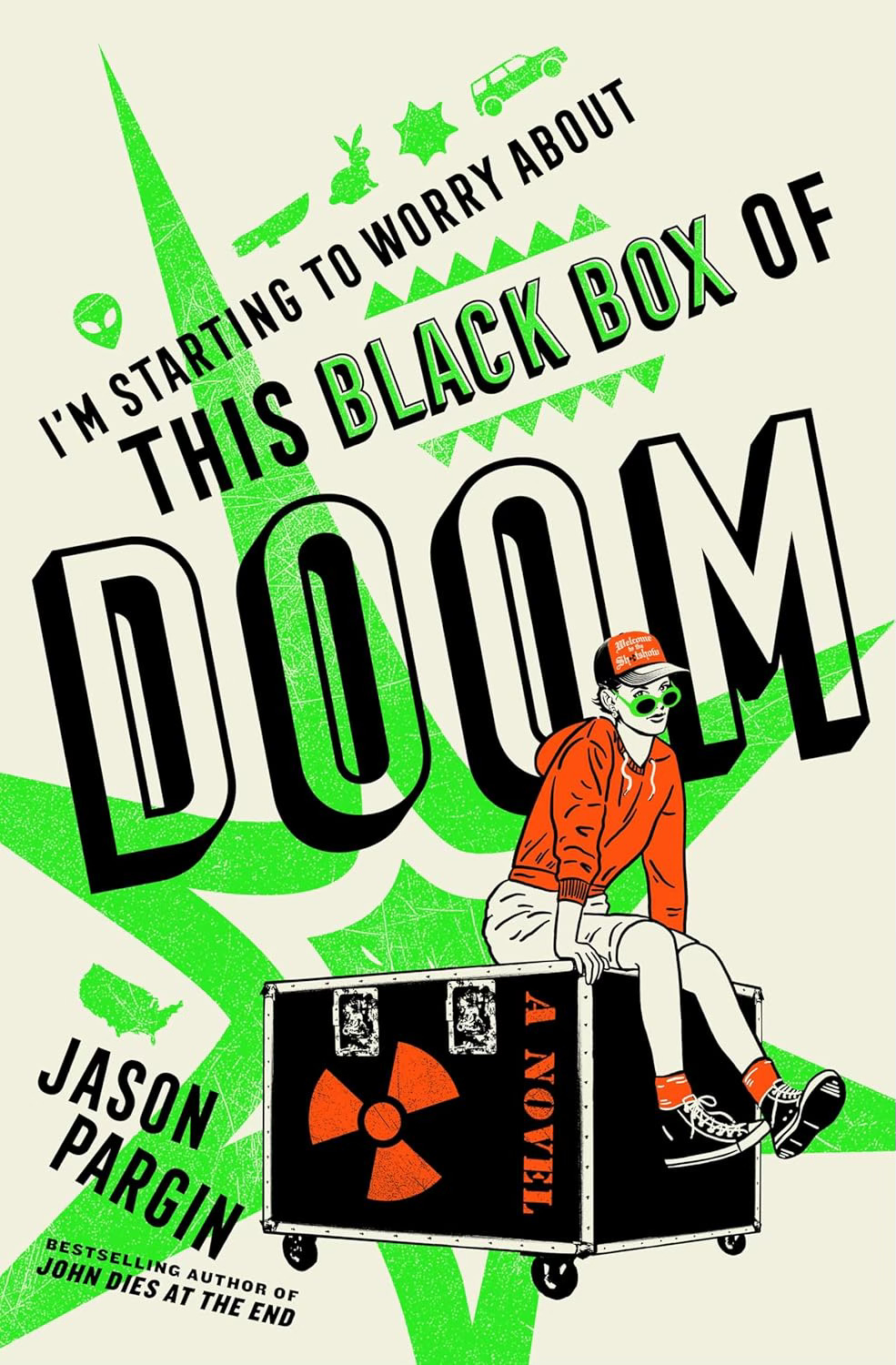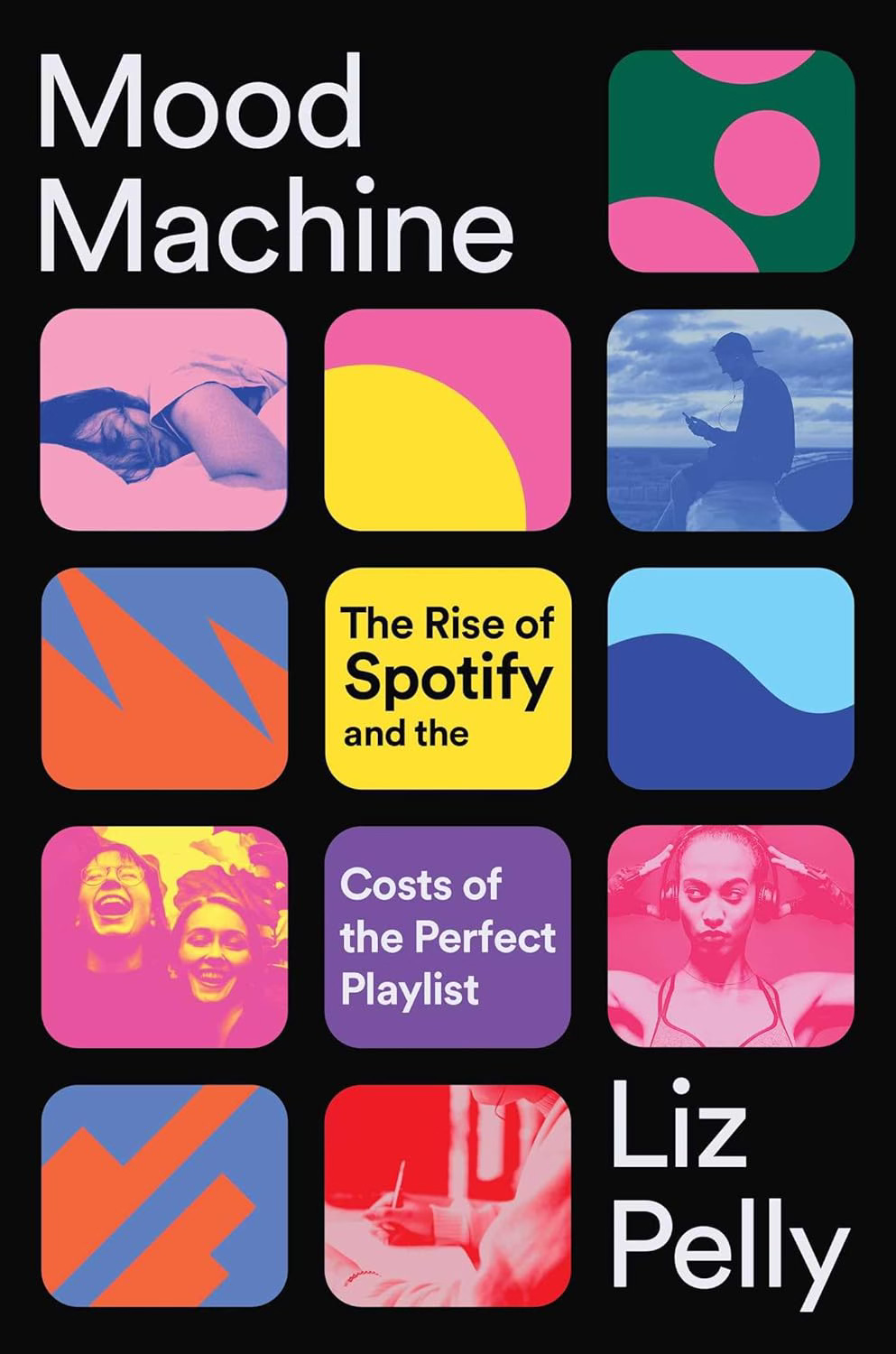Summer Reading List 2025
(Image: Carrie Borden, Unsplash)
Looking once again for some book recommendations for your summer reading list? I’m ready to offer up a few gems that should keep you entertained. As usual, my list is highly weighted towards non-fiction (NOTE: I actually have one work of fiction this year!). For those of you who are wondering about the library photo above: this is The Admont Abbey Library in Admont, Austria. Just a bit fancier than the Carnegie Library where you live.
I only have six books on the list this year. Sorry. Yes, I’ve been doing much less (book) reading as I decided I need to devote more time to other activities. It’s a personal embarrassment that I frequently bring home a book or two from the library, then return them three weeks later having never cracked them open. So what have I been doing instead? Activities include political work opposing the new Fascist regime in America, volunteer work doing cancer patient support and education, and I also spend a fair amount of time crafting music videos (hey, writing is writing, and I like to work in different mediums). Interested in checking out some of my music videos? Go to my YouTube channel at https://bit.ly/lyricsbylyman. I’ve written the lyrics and made the videos for all of the songs, as well as music for just a few; talented collaborators wrote the bulk of the music and performed all the songs. Another time I’ll provide some insights into why I’ve cut way back on my Substack writing at a time when the rest of the world is going crazy for this very popular platform.
Click on this link if you want to see my full Book Recommendations list (with books divided by subject categories).
Here are the six books:
Revenge of the Turning Point: Overstories, Superspreaders, and the Rise of Social Engineering by Malcolm Gladwell (2024). Gladwell has written a large number of books, all of which wind up being bestsellers. Each of them settles nicely into the readers conscience as comfortably as a pair of old, well broken in shoes. He covers a number of stories, all of which are well told, engaging, and thought provoking. He looks at how there was an epidemic of bank robberies in the US, and why that trend ultimately faded out. Why sports are so important in the Ivy League, even though those schools are not competitive on a national level. How and why the opioid epidemic exploded across the country. One of the main themes in the book is the idea is how racism and racial mixing revolve around a fairly well-defined percentage of different groups in the same area (referred to as the Magic Third). Gladwell is a master storyteller, and I will leave it to the social scientists to critique some of the ideas in the book and whether or not there might be alternative explanations of what is really driving how people act.
This book “revisits” of some of the lessons that he derived from one of his first books, The Turning Point, which came out in 2002. If you like Gladwell’s other books, I’m pretty sure you will find this one engaging as well.
They Called Us Enemy by George Takei, Justin Eisinger, Steven Scott, and Harmony Becker (2019). This is a graphic memoir (beautifully illustrated by Becker) about how George Takei’s family was deported in 1942 to a series of internment camps during World War II. If the author’s name isn’t familiar to you, he played the role of Senior Helmsman Sulu on the original Star Trek series, and was one of the first Japanese Americans featured in an American TV show. The poignant stories in the book trace a long series of indignities that his family, and thousands of other Japanese American families, were forced to endure as their properties were confiscated and they were shipped out to one of ten “relocation centers” across the country (mostly in the West).
Takei shares how this move affected each of the members of his family, and how he overcame prejudice to carve out a long and successful career for himself. The list of humiliations they were forced to endure is long and painful. One of the interesting stories in the book relates to the origin of the term “No no.” It derives from the answers to a couple of questions on a Loyalty Questionnaire that was given to Japanese Americans in the internment camps: would they submit to military service, and would the swear a loyalty oath to the US? Those who said no (or refused to answer) both questions (about 15% of those surveyed) were castigated by the Americans as well as many of the Japanese American detainees. Those designated as “no-nos” were shipped out to the detention center in Tule Lake, CA. This book is an important piece of American history that deserves to be widely read, especially as the government tries to end DEI programs, and many schools are restricting books like this one.
AI Snake Oil: What Artificial Intelligence Can Do, What It Can’t, and How to Tell the Difference by Arvind Narayanan and Sayash Kapoor (2024).
Artificial intelligence is everywhere these days, insinuating its way into your computer, your cell phone, and just about every business. Should you join the AI bandwagon, or be left behind when the train leaves the station. The question is: Is AI really ready for prime time, or is it, as the book title implies, an oversold term that isn’t revolutionizing anything. This is an excellent introduction to the different types of AI that are being developed, and the value that these different types bring to society at present.
There are two major categories of AI. The first is generative AI, which is used to create new things (like pictures and songs) after training on huge datasets of existing material. At present, it’s clear that generative AI actually works pretty well, which matches my own experience with it. The authors examine some of the societal costs of using this type of AI. For example, artists and songwriters whose output was used to train the AI models receive no compensation for their work, and these generative AI programs threaten their future livelihood. There’s no need to hire an artist if you can create good artwork for free.
The other main type is predictive AI, where a bunch of data is fed into a model, and then AI programs use that data to make predictions about things in the future. An example would be predicting which of a large pool of applicants would do the best job on the job. Or which criminals are likely to be rehabilitated, and which are likely to reoffend. Insurance companies use it to predict which of their policyholders are likely to have large claims, and which ones won’t. After looking closely at the data derived from these predictions, it’s pretty clear that predictive AI is being greatly oversold. The predictions that it makes are often little better than chance. In a wide range of different areas where it's been developed, it just doesn’t produce useful outputs at present. That’s not to say that this can’t get better in the future, but we are not there now. Highly recommended if you want to learn about this subject with a bit of depth.
I’m Starting to Worry About This Black Box of Doom by Jason Pargin (2024) is a novel with a rather intriguing title. I can quickly give you a plot summary: a young woman summons a Lyft driver with some social anxieties to pick her up outside a convenience store in LA and transport her and a mysterious black box to Washington, DC in just a few days. She’s willing to pay him $200,000 in cash to do so, and off they go. He’s not allowed to ask what’s in the box, where exactly it is going, or anything else about it, and he has to leave his cell phone behind. He says yes, and the bulk of the book is about their journey. They wind up drawing the attention of a number of different characters who attempt to track and intercept them at various points on their journey, and they are being followed by a rabid online community of conspiracy theorists. This book is all about the journey, not the destination, and looks at modern society via the motives of those who seek to learn about, and possibly intercept, the black box. It was kind of amusing and well written, with some trenchant observations about modern life.
Mood Machine: The Rise of Spotify and the Costs of the Perfect Playlist by Liz Pelly (2025) was a very interesting book. I’m not on Spotify, and after reading this, I don’t expect I ever will be. I’ve been a music fan forever, have >130 GB of music on my computer/phone, listen day and night, and write songs in my spare time. This book paints a very sad picture of the current state of the music industry, which is, according to the book, run by folks whose primary interest is money, not music. This includes not just Spotify and Apple Music, but the three large conglomerates that control most of the music business. I thought that having access to all songs, all of the time, sounded pretty cool, but that is not Spotify’s business model. It’s all about setting a mood and vibe for the listener via a collection of curated playlists. Doesn’t sound so bad until you realize that much of the “music” they are serving up aren’t songs written and performed by actual musicians. They’re actively encouraging the growth of AI music because the payouts (already pathetically small) can be even less. Instead, much of the music offered is generic, and it’s meant to be that way. It’s background music, not serious stuff you slip the headphones on and get lost in. Music to chill to. Music to study to. The payments that real musicians receive from the platform, are, by design, unsustainably small. The only folks who make money here are top artists. Everyone else is just fighting for scraps. Spotify in 2025 demonetized (that is, decided not to pay) all of the songs that stream less than 1,000 times per year (which only pays out about $3). Turns out that’s 86% of the songs in their database. The book ends with an interesting discussion of alternative models that put more money in the pockets of the talented folks who actually create music. There’s a fair amount of jargon throughout the book, but the message is clear: Spotify is not a friend of musicians.
The Secret History Of The Rape Kit: A True Crime Story by Pagan Kennedy (2025) tells a very interesting tale, and tells it well. Who actually invented the rape kit? While these days the kits are widely available, efforts to actually create and then distribute these kits turns out to be a sordid tale of male resistance. Naturally, credit for the creation of the kit was stolen from its true creator (a woman and sexual assault survivor Martha “Marty” Goddard) because giving credit to a man (Chicago police detective Louis Vitullo) gave it more legitimacy. Efforts to launch the kit were met by pushback on a number of levels. Corrupt police departments wanted nothing to do with it, and the attitude of many men at the time (and some current members of Congress was that it wasn’t actually possible to rape a woman (because she really wanted it). This was all taking place at a time where the laws of the land said a husband could not be charged with raping his wife (a “property” based argument). Once the kits were launched and used, many of them sat around for decades before being tested, and many were thrown out. Much of the book revolves around efforts of the author to track down Marty Goddard decades after the kits were launched. This brief book is full of fascinating stories, such as the first rape kits being assembled by grandmothers at the Chicago Playboy Club (Hugh Hefner supported efforts to launch the kits). Heartbreaking stories of rape and sexual assault (including the authors) appear often in the book, so be warned if reading them might cause emotional damage. The book nicely illuminates a dark chapter in American history.










